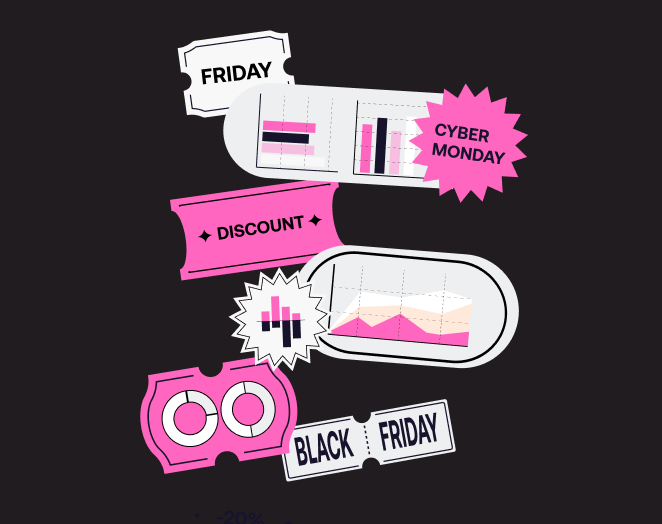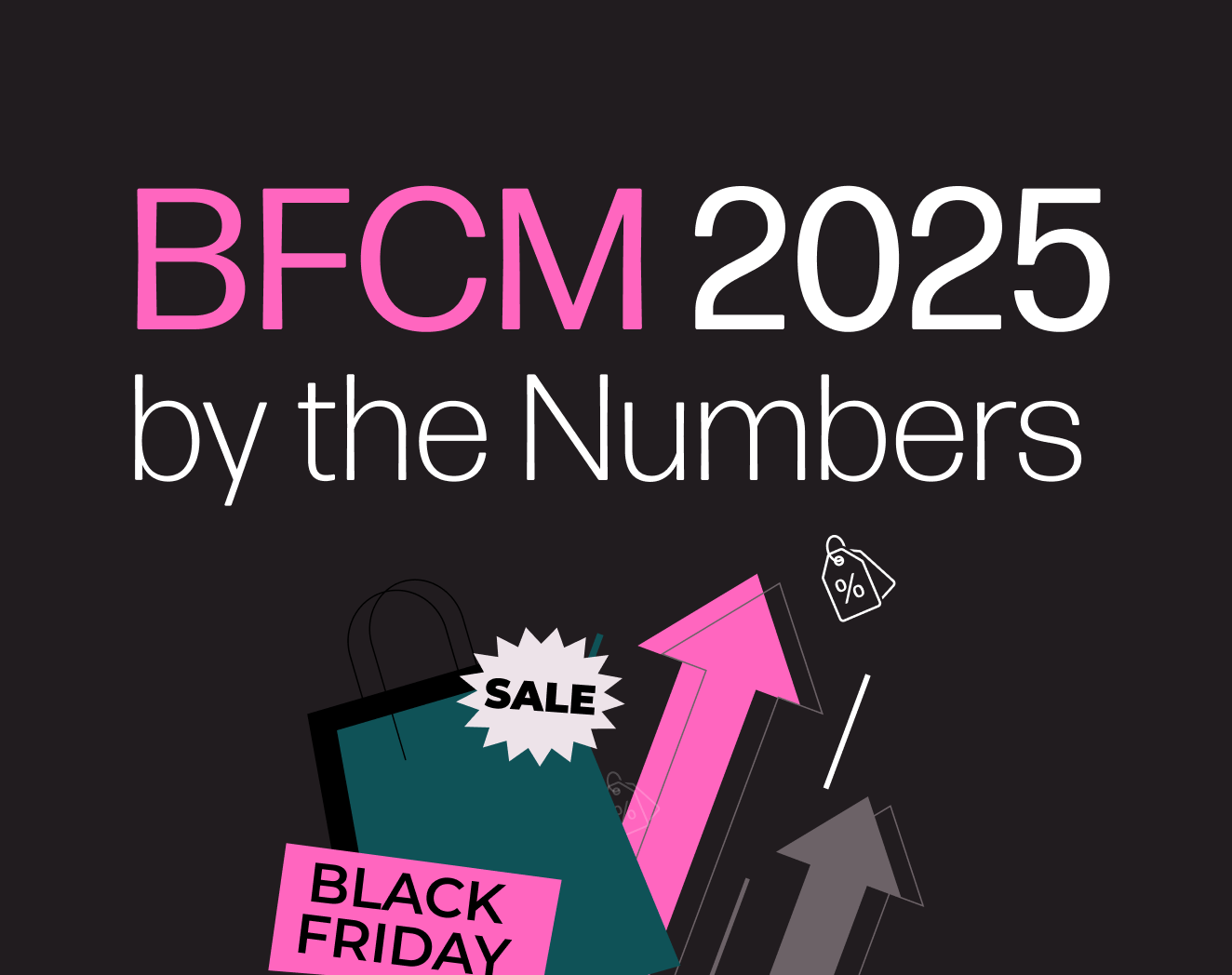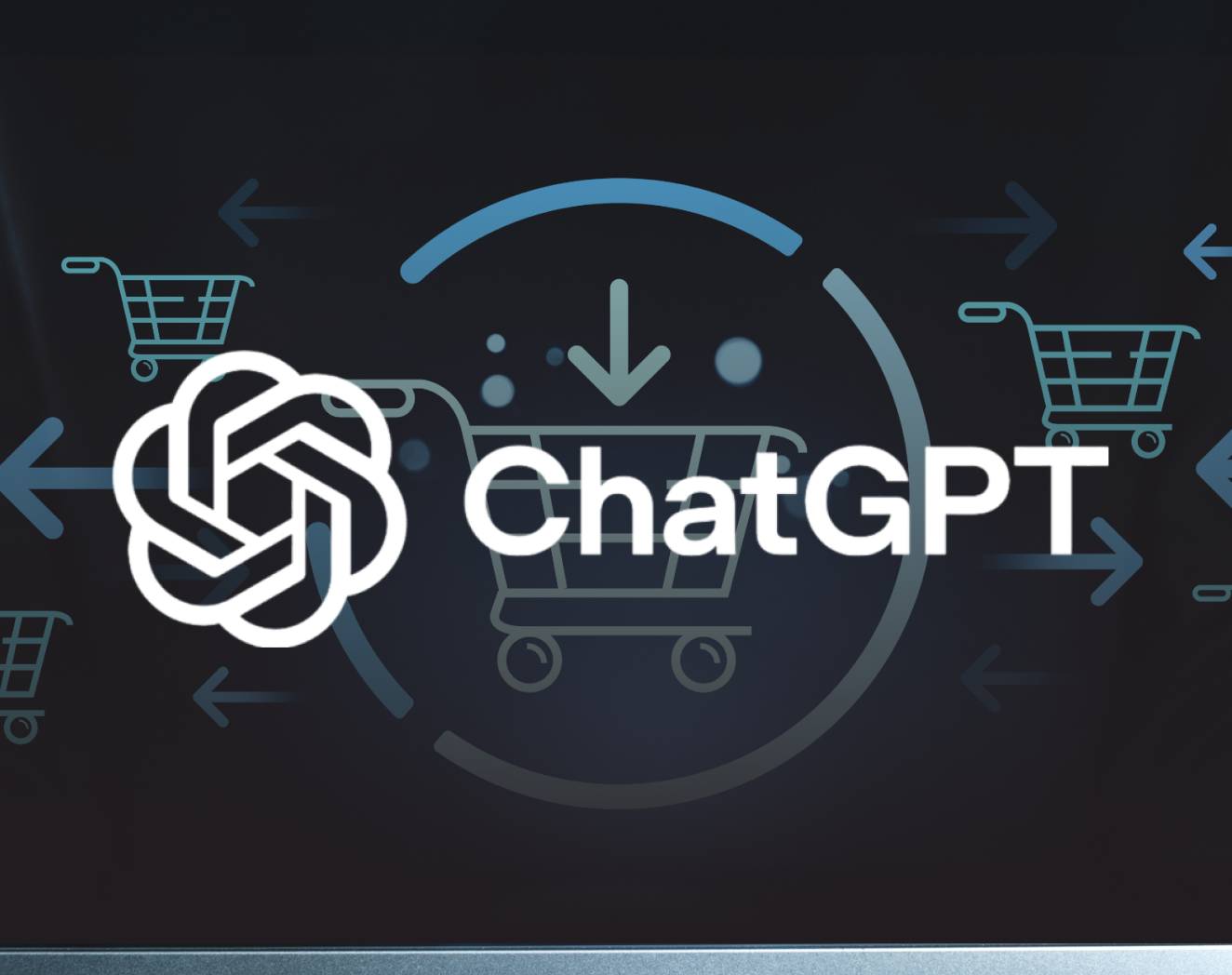The Three Types of Dynamic Product Facebook Ads All Ecommerce Merchants Should Be Using
Ok, so we have looked at why you should advertise on Facebook and the reasons that Dynamic Product Ads are the most effective form of retargeting.
But is that it?
Or can we dig a little deeper?
Because there is more than one type of Dynamic Product Ad!
Feeling overwhelmed? Don’t worry about it – here are three of the best types of Dynamic Product Ads and the reasons for using them…
Personalized recommendations
The Facebook ad equivalent to a personal shopper. The secret? A combination of browsing history reminder and personal recommendations. It is, in effect, a two-pronged approach – you both remind them of those items they already looked at and use that information to make informed (and automatic) decisions as to what else they might be interested in.
 Woman’s fashion retailer, Yumi Kim, saw 25x ROAS on personalized Facebook ads
Woman’s fashion retailer, Yumi Kim, saw 25x ROAS on personalized Facebook ads
The benefit of personalized recommendations?
You are leaning into the signals they have already given you. When a customer views an item, it is a definite sign that they have at least some interest in it – something about that specific piece has grabbed their attention. By reminding them of those pieces, you leverage that initial attraction. And If the item wasn’t quite right? Well, then recommending similar items shows that you have relevant alternatives.
Abandoned cart
Turning Facebook ads into helpful reminders for the busy / absent-minded. These ads contain those items that a customer has added to their cart but left without purchasing (as well as relevant alternatives).

If looking at an item is an indicator of interest, then adding it to your cart is a sure fire buying signal. But with shoppers living busy lives, it is not unusual for even the most desired pieces to end up forgotten. Statistically, most ecommerce traffic is from mobile (45.1%) yet the majority of sales revenue is through desktop, this indicates that most shopping journeys begin on a smartphone but are concluded on a tablet or a computer – showing the sometimes fractured nature of the modern buying journey. Retargeting based on the individual’s profile, rather than relying on the traditional use of cookies allows shoppers to continue where they left off, whatever device they are using.
The benefit of abandoned cart product ads?
According to Nosto data, those shoppers that abandon a cart and are brought back to a store via Dynamic Products Ads are 14x more valuable than average shoppers.
Post purchase ad
A personal follow-up for cherished customers, targeting people who have recently bought with those items most relevant to their purchase. Because you might as well shop until you drop right?

It may be tempting to think that once a purchase is made, your work is done but there is actually no better time to reach out. To make sure you are optimizing for customer lifetime value, rather than single purchases you must strike while the iron is hot. The best way to do this? Recommendations based on what they recently purchased.
The benefit of post purchase ads?
According to Nosto data, shoppers who return to a store after being retargeted with a post-purchase ad provide 10.6x ROAS.
Note: Dynamic product ads can also be used to attract new customers by automatically highlighting the most popular items on your site at any given time – this means your adverts always reflect the current seasons and trends.
But before we go, one more thing… a few rules to make sure that you are using these ads to your benefit and not your detriment.
Best practices for Dynamic Product Ads:
- Don’t retarget them indefinitely – Not only are buying urges stronger at the beginning but if a lot of time has passed since a customer has viewed an item, it is likely there is a reason they haven’t bought it – perhaps they have purchased something similar elsewhere or it is no longer relevant to their needs. Based on our own data, we recommend retargeting for a maximum of 30 days after they have visited your store.
- While this style of advert is very visual, with individual product descriptions pulled in automatically, you still need to consider the accompanying text. When creating copy for the ad make sure that you have one focal point in the creative and that it elicits excitement, plays on their fear of missing out or even pull on the emotional heartstrings. Luckily, Facebook have created a cheat-sheet to help you create effective ad copy- tips include using a time frame, keeping the voice consistent and sticking to one call-to-action.
- Unless you are absolutely sure that you know what you’re doing, avoid manually manipulating your re-targeting efforts (for example, to promote products from different ranges to those that the customer viewed or to include products with a higher margin). According to Nosto’s analysis, campaigns where re-targeting ads has been limited to certain taxonomies tend to produce worse ROAS and conversion rates. The purpose of these ads is to drive the customers back to your store and their shopping journey by highlighting the most relevant items for them, whereas merchandising and onsite personalization are tools to increase profitability and basket value.
Next week: Your FAQ’s on Dynamic Product Ads answered!





